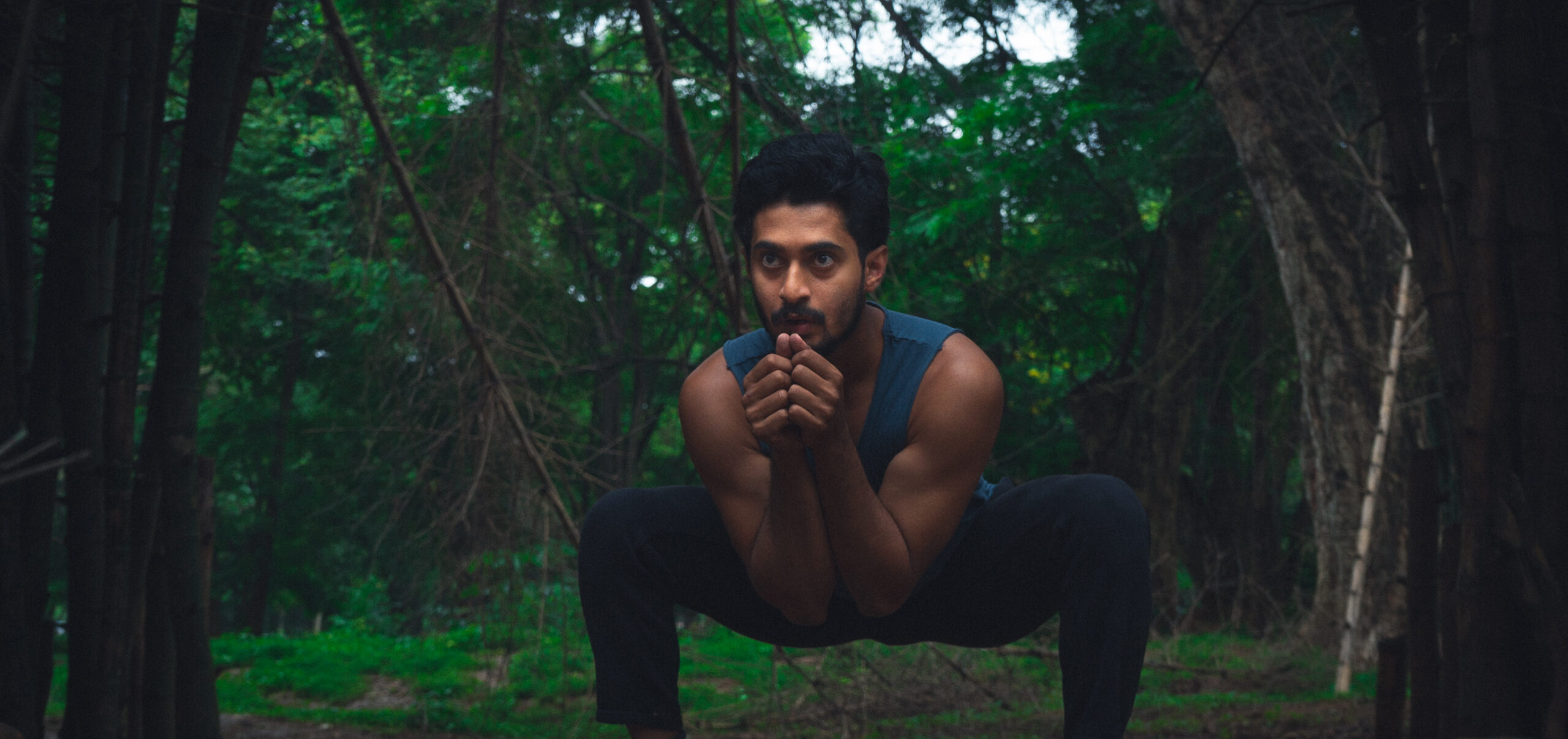
art heritage exchange
World premiere - Italy - July 2021
EurAsia Partner DanceHaus of Milan, and EurAsia Dance Project International Network directed by Stefano Fardelli present Art Heritage Exchange a project involving personalities of the world of culture.
The project is supported by the Italian Cultural Institutes of the countries where EurAsia operates and by the network DanceHaus.
16 COUNTRIES INVOLVED: ● Italy (Europe) ● Germany (Europe) ● Poland (Europe) ● Mexico (Central America) ● Brasil (South America) ● Argentina (South America) ● Senegal (Africa) ● Ghana (Africa) ● Egypt (Africa) ● Iran (Middle East) ● Kuwait (Middle East) ● Armenia (Middle East) ● India (Asia) ● Indonesia (Asia) ● Taiwan (Asia) ● Papua New Guinea & 23 United Pacific States (Oceania)
The Project stems from the desire to explore together the concept and meaning of the word “classic” by addressing the diversity of cultures and countries of the young people involved: the students of DanceHaus in Milan, the EurAsia Students & Dancers in Europe and in the world of EurAsia Dance Project International Network.
What is “classic”?
Each of our cultures has different artistic traditions and landmarks that give different meanings to this word.
But what are the links between the symbols and the evolutions of classic in the various corners of the planet? The term “classic” in the sense of the ancient Greeks and Romans defines an example of perfection and excellence: but classic culture has also proved to be a strictly elitist “class” one, closed to most.
The excellence of classic is superimposed on an idea of tradition, acquiring a connotation of cultural identity. Classic is an historical example, a root of culture. If we talk about classical music we are certainly talking about cultured music, but also about a form of music that is able to influence the collective imagination of every social class. Speaking of books we could quote a great classic: the caliber of that book will lie in its ability to speak to anyone at any time; and you will never stop smiling in front of a reassuring classic gag. In other words, classic is what has such a high and frank value that it spontaneously becomes traditional: it becomes a shared culture.
Through online round tables, students from all over the world have been guided in the creative process with the assistance of Susanna Beltrami, Stefano Fardelli and their collaborators, who helped them understand how to approach the initial research and the technical aspects of the work. The project ended in a video-performance, edited by Salvatore Lazzaro, that had its world premiere in the DanceHaus spaces in Milan, before touring all over the world.
During these virtual meetings all participants collected materials for the evolution of the general idea. Through “lectio magistralis” held by many international experts in the university and art fields, students have had the opportunity to refine their definitions and examples of classicism in the various forms of Arts of their original cultures.
At this point we have the true essence of Art Heritage Exchange’s project and so the sharing of the research material, even individually collected, which outline differences and points in common between the various cultures and traditions. An exciting exchange and construction of a very original puzzle consisting of music, costumes, images, writings, places for “creation”.
EurAsia & DanceHaus wanted to bring together groups of people with different social and cultural backgrounds in one single place, suspended in time: the web. The goal was to help the protagonists of this project to create an interaction between themselves and their communities, to build a new understanding towards others and diversity, opening people’s minds and thus opening the doors to new mergers.
We are proud to say that Art Heritage Exchange has at heart the safeguarding of cultural heritage in a single, large project that involves dozens of different people from many continents.
The project contributes to promoting the identity and values of the European Union. Furthermore, the COVID 19 pandemic has strongly affected the field of culture. Art Heritage Exchange aims to improve support for cultural activities, adapting to new boundaries related to pandemic response such as social distancing. It also explores new ways to support such exchanges through virtual mobility.
Another aim of the project is to safeguard, support and promote the indigenous cultural wealth. EurAsia and the EurAsia Partners always support projects that safeguard / support / encourage / promote indigenous culture, arts and folk practices, thus helping to improve the knowledge of local cultures.
This is a new opportunity for the international “dance” scene to expand its vocabulary and reach a wider audience around the world, reflecting on our contemporary society in its various contexts and creating a new language for the new generations. At the same time we bring to Europe the knowledge of traditional arts coming from different and distant regions of the planet and still unknown in our countries.
Special Guests:
Raam Kumar from India, Michele Tadini from Italy, Stefano Tummolini from Italy, Reena Dewan from India, Dilip Loundo from Brazil, Sandro Dandria from Italy.
Stay tuned, subscribe to the free Stefano Fardelli & EurAsia Newsletter here:
